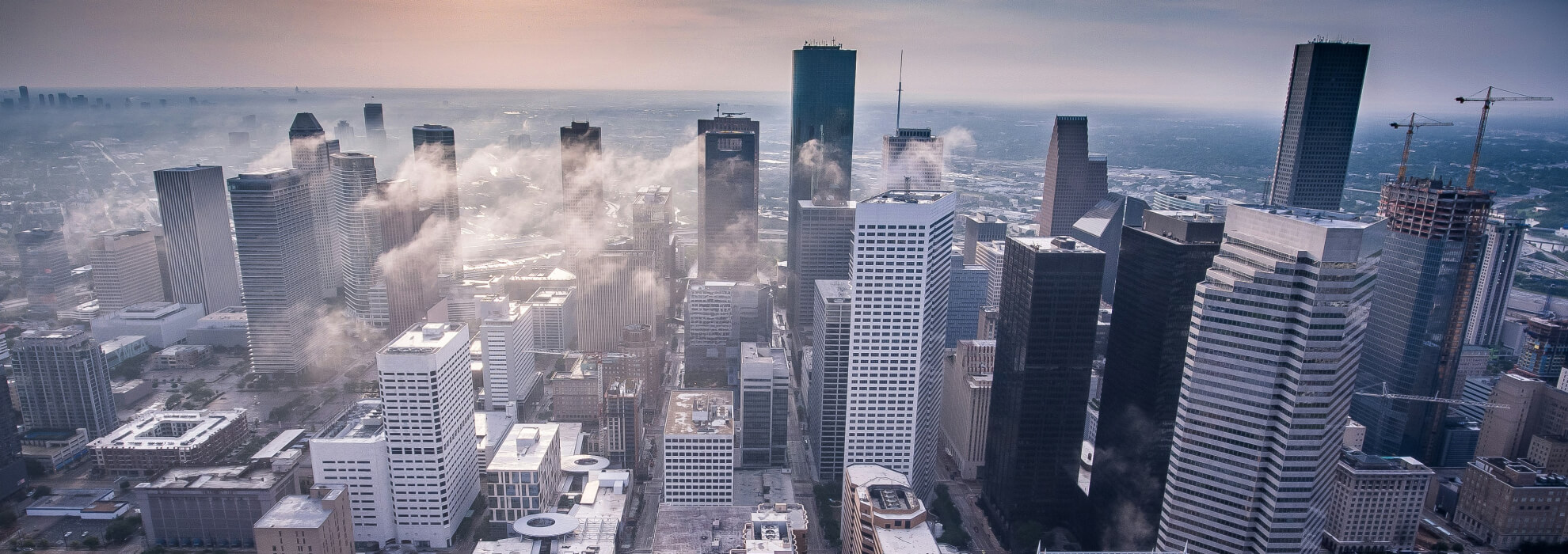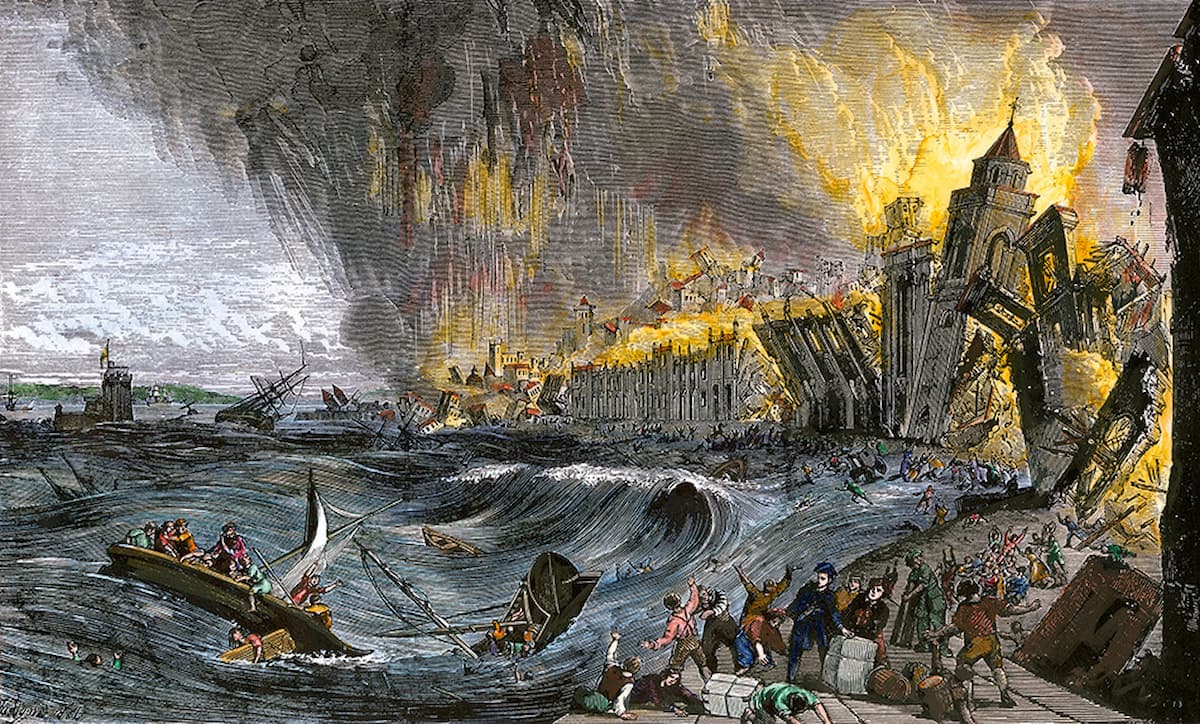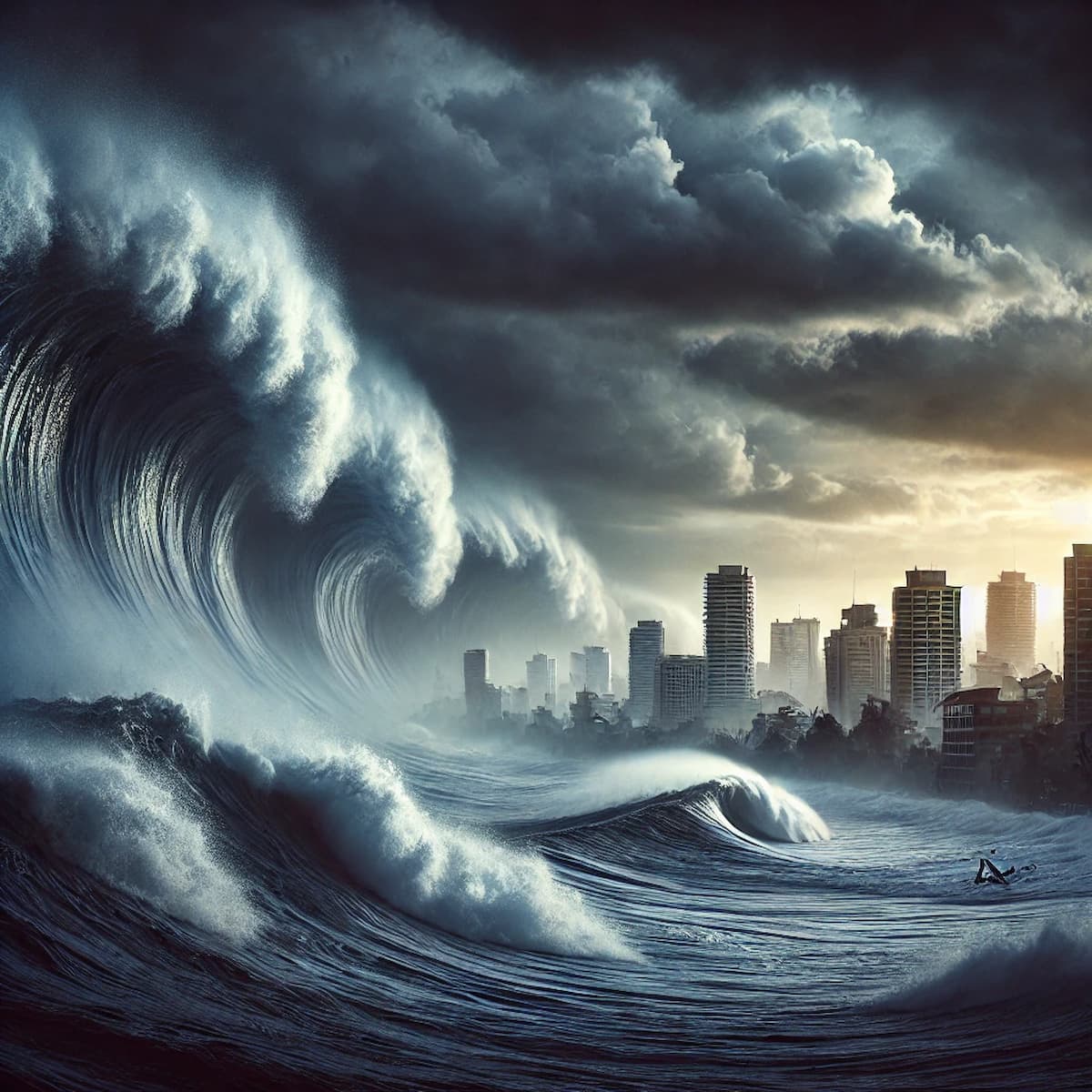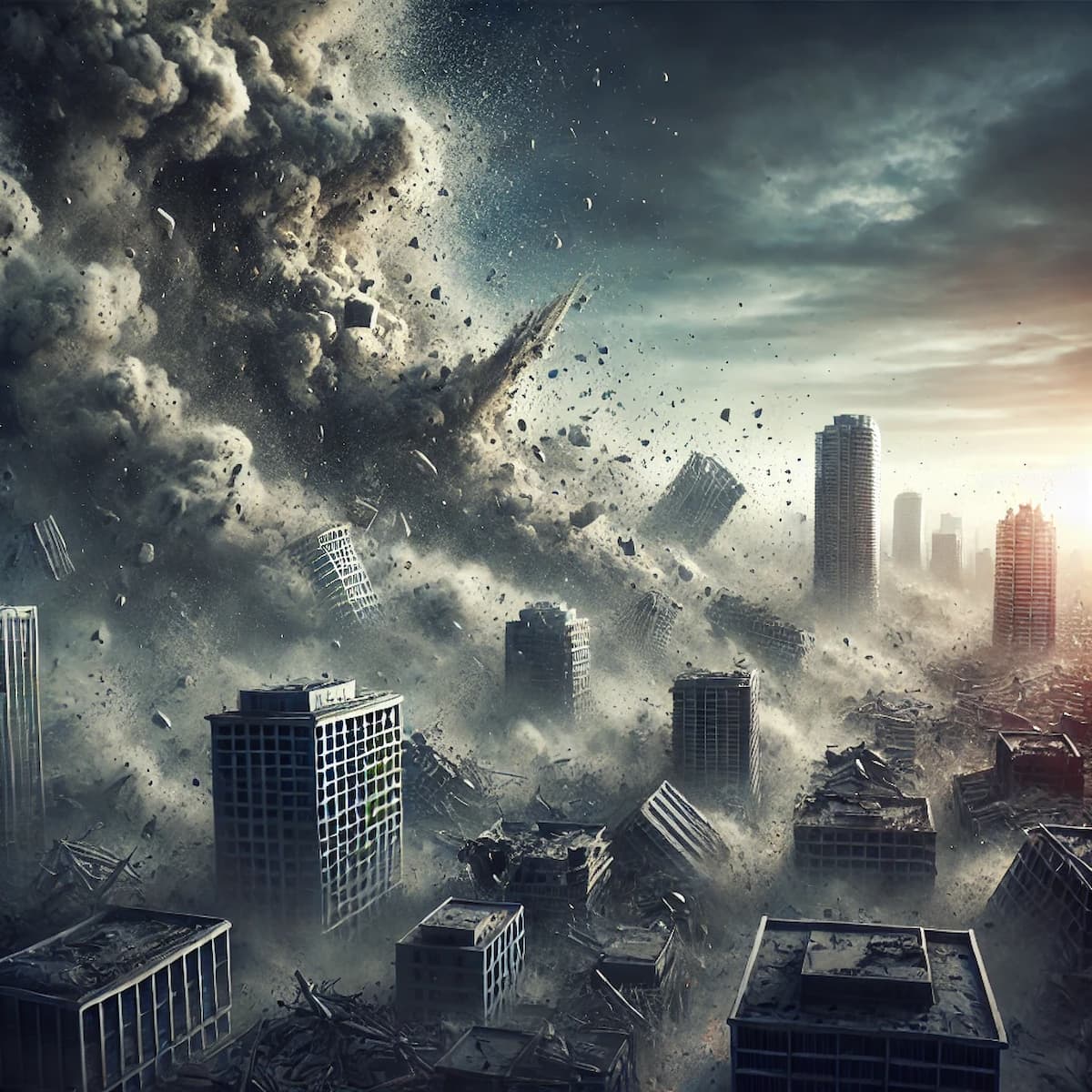
Watch short for this article (5 slides)
Natural Disasters Known Throughout History
Natural disasters have shaped the course of human history in profound ways. From devastating earthquakes to catastrophic floods and volcanic eruptions, these events have altered landscapes, destroyed cities, and impacted civilizations. In this article, we will explore some of the most significant natural disasters in history, their effects, and the lessons learned from them.
The 1556 Shaanxi Earthquake: The Deadliest Earthquake in Recorded History
The 1556 Shaanxi earthquake in China is considered the deadliest earthquake ever recorded, with estimates of casualties ranging from 830,000 to 1 million people. This earthquake struck the region of Shaanxi in northern China, devastating the city of Xianyang and surrounding areas.
- Cause and Impact: The earthquake, which had a magnitude of approximately 8.0, caused massive destruction, including the collapse of buildings and the creation of large fissures in the earth. The death toll was so high due to the densely populated areas and the fact that many people lived in homes built into cliffsides, which were prone to collapse during tremors.
- Historical Significance: The Shaanxi earthquake not only caused significant loss of life but also had long-term economic and social consequences. It led to a massive rebuilding effort, and the event marked a turning point in the understanding of seismic activity in China.
The 2004 Indian Ocean Tsunami: A Global Tragedy
One of the most devastating natural disasters in modern history was the 2004 Indian Ocean tsunami, which occurred on December 26, 2004. The tsunami was triggered by a powerful undersea earthquake with a magnitude of 9.1-9.3 off the coast of Sumatra, Indonesia.
- Cause and Impact: The earthquake caused a massive displacement of water, generating a series of waves that struck the coastal areas of 14 countries, including Indonesia, Thailand, Sri Lanka, India, and the Maldives. The tsunami waves reached as far as the eastern coast of Africa.
- Casualties: Over 230,000 people lost their lives in the tsunami, with millions more left homeless. It is considered one of the deadliest natural disasters in history.
- Lessons Learned: The 2004 tsunami highlighted the need for better early warning systems in coastal areas, as well as improved international cooperation to respond to such catastrophic events.

The 1906 San Francisco Earthquake: A Turning Point in Seismic Understanding
The 1906 earthquake that struck San Francisco, California, remains one of the most infamous natural disasters in the United States. The earthquake, which occurred on April 18, 1906, had a magnitude of 7.8 and caused widespread devastation across the city and surrounding areas.
- Cause and Impact: The earthquake was caused by the movement of the San Andreas Fault, which runs along the California coast. The shaking caused buildings to collapse, fires to ignite, and extensive damage to infrastructure. The resulting fires burned for days, and much of the city was destroyed.
- Historical Significance: The 1906 San Francisco earthquake was a pivotal event in the field of seismology. It led to increased research into earthquake preparedness and the development of earthquake-resistant construction techniques. The event also prompted the creation of the first modern seismic building codes.

The 1815 Eruption of Mount Tambora: The Year Without a Summer
The eruption of Mount Tambora in Indonesia in 1815 is one of the most powerful volcanic eruptions in recorded history. The eruption had a global impact, leading to what became known as the "Year Without a Summer."
- Cause and Impact: The eruption released a massive amount of ash and sulfur dioxide into the atmosphere, which spread around the globe. This caused a significant drop in global temperatures, leading to crop failures, food shortages, and widespread famine. In addition to the local destruction, the eruption affected the climate for several years.
- Historical Consequences: The effects of the eruption were felt worldwide, with Europe, North America, and parts of Asia experiencing unusually cold temperatures and crop failures. This event led to famines in many regions and is considered one of the most impactful volcanic eruptions in human history.
The 1931 China Floods: The Deadliest Flood in History
The 1931 China floods are considered the deadliest floods in history, with estimates of casualties ranging from 1 million to 4 million people. The floods affected the Yangtze, Yellow, and Huai rivers, displacing millions and causing widespread devastation.
- Cause and Impact: The floods were caused by a combination of heavy rainfall, snowmelt, and a series of dam failures. The excessive water inundated large areas, destroying homes, crops, and infrastructure. In some regions, the floods lasted for months, making it difficult for rescue and recovery efforts to keep up.
- Lessons Learned: The 1931 China floods underscored the importance of flood management and the need for better infrastructure to prevent such large-scale disasters. It also highlighted the vulnerability of large populations living in flood-prone areas.
Conclusion
Natural disasters have been a constant presence throughout human history, and their effects are felt far beyond the immediate destruction they cause. The 1556 Shaanxi earthquake, 2004 Indian Ocean tsunami, 1906 San Francisco earthquake, 1815 eruption of Mount Tambora, and 1931 China floods are just a few examples of the devastating events that have shaped our world. These disasters have not only altered landscapes and communities but also influenced scientific advancements, cultural shifts, and global cooperation efforts. By studying these events, we can better prepare for future disasters and work toward creating more resilient societies.